Introduction
Stinky mandarin fish, or Chou Guiyu, is a culinary paradox cherished across China’s Anhui Province and beyond. Revered for its tender texture and complex umami flavor, this dish is equally infamous for its potent, ammonia-like odor, which can permeate rooms and linger on clothing. The dish’s allure lies in this very contradiction: a smell so intense it repels the uninitiated yet delights those acquainted with its fermented depths. But how does a freshwater fish transform into a stink-bomb-turned-delicacy? The answer lies in a meticulous fermentation process driven by microbiology, chemistry, and centuries-old tradition. This article delves into the science behind Chou Guiyu’s aroma, exploring the biochemical reactions, cultural rituals, and culinary artistry that turn stench into sustenance.
Historical Roots: From Preservation to Delicacy
The story of stinky mandarin fish begins in Anhui’s Huangshan Mountains, where freshwater fish were historically abundant but perishable. Before refrigeration, locals relied on fermentation to preserve their catch. Salt, a timeless preservative, was rubbed into the fish’s flesh, initiating a process that would later become culinary gold. Legend has it that a careless merchant left salted fish unattended for days, only to discover it had fermented into a pungent, yet strangely appetizing, dish. Thus, necessity birthed tradition, and Chou Guiyu became a symbol of Anhui’s resourcefulness.
The Fermentation Process: A Step-by-Step Odyssey
-
Selection and Salting:
The journey starts with fresh mandarin fish (Siniperca chuatsi), prized for its firm flesh. After scaling and gutting, the fish is layered with coarse salt—typically 10–15% of its weight. Salt acts as a preservative, drawing moisture from the fish and creating a hypertonic environment that inhibits spoilage-causing microbes. However, salt alone cannot explain the stink; it merely sets the stage.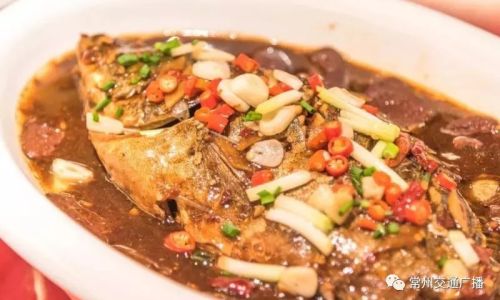
-
Wooden Barrel Aging:
Salted fish are stacked in wooden barrels, often lined with bamboo leaves to impart subtle grassy notes. The barrels are sealed, trapping moisture and creating an anaerobic environment. Here, the magic begins. Over 7–10 days (longer in cooler months), indigenous bacteria colonize the fish, initiating fermentation. -
Microbial Metabolism:
Lactic acid bacteria (LAB), such as Lactobacillus and Pediococcus, dominate the early stages. These microbes ferment sugars into lactic acid, lowering the pH and creating an acidic brine. This acidity not only preserves the fish but also selects for heat-tolerant, flavor-producing bacteria in later stages. -
Proteolysis and Lipolysis:
As fermentation progresses, enzymes from both the fish and microbes break down proteins and fats. Proteases cleave proteins into amino acids like glutamic acid (a key umami compound), while lipases hydrolyze triglycerides into free fatty acids. These molecules form the flavor backbone, but they also release volatile compounds responsible for the stench. -
Maturation and Odor Development:
The final phase, lasting 3–6 months, is where the aroma reaches its crescendo. Enterobacteriaceae, including Klebsiella and Enterobacter, thrive in the acidic, low-oxygen environment. These bacteria produce sulfur-containing compounds, amines, and indoles—the chemicals responsible for the fish’s infamous smell.
The Microbiology: Heroes and Villains in the Barrel
The fermentation of Chou Guiyu is a microbial battleground. Early colonizers like LAB create an acidic fortress, outcompeting pathogens. However, later-stage bacteria, particularly Enterobacteriaceae, are the true architects of the aroma. These microbes metabolize amino acids via the Stickland reaction, producing volatile amines such as:
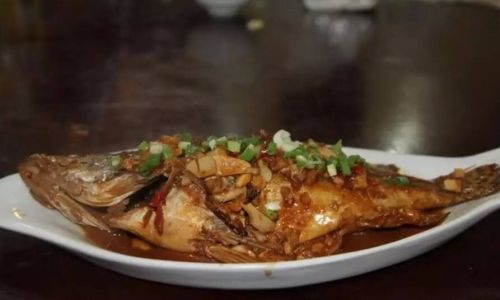
- Trimethylamine (TMA): A fishy, ammonia-like compound derived from choline breakdown.
- Cadaverine and Putrescine: Polyamines with foul, decaying odors, produced from lysine and ornithine.
- Indole and Skatole: Aromatic compounds with fecal undertones, generated from tryptophan.
Sulfur-reducing bacteria further contribute by generating hydrogen sulfide (rotten egg smell) and methanethiol (cabbage-like odor). Collectively, these molecules create a symphony of stink that defines the dish.
Chemical Compounds: The Alchemy of Aroma
The stench of Chou Guiyu is a mosaic of volatile organic compounds (VOCs), each contributing to its olfactory profile:
-
Amines:
TMA, cadaverine, and putrescine are the primary offenders. Their low odor thresholds mean even trace amounts are detectable. Cadaverine, for instance, has a threshold of 0.5 parts per million (ppm) but can reach 50–100 ppm in fermented fish, explaining its pungency. -
Sulfur Compounds:
Methanethiol and dimethyl sulfide (DMS) add a sulfurous dimension. DMS, with a cooked corn-like aroma, paradoxically softens the stench by introducing a savory note. -
Indoles and Skatole:
These nitrogen-containing heterocycles are double-edged swords. At high concentrations, they evoke feces; in moderation, they contribute a floral, jasmine-like nuance. Skatole’s threshold is 0.1 ppm, yet in Chou Guiyu, it balances the ammonia notes.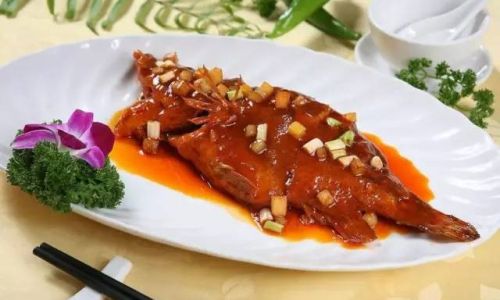
-
Fatty Acids:
Short-chain acids like butyric acid (rancid butter) and hexanoic acid (goat-like) emerge from lipolysis. These compounds, while unpleasant alone, synergize with amines to create depth.
Culinary Alchemy: Transforming Stench into Flavor
The true artistry of Chou Guiyu lies in its preparation. Skilled chefs employ techniques to mitigate the odor while amplifying umami:
-
Rinsing and Soaking:
Before cooking, the fish is rinsed under cold water to remove surface brine and loose bacteria. Some recipes call for soaking in milk or vinegar, which neutralize amines via acid-base reactions. -
High-Heat Cooking:
Pan-frying or braising the fish at high temperatures volatilizes odor molecules. The Maillard reaction between amino acids and sugars generates new aromatic compounds, such as pyrazines (nutty) and furans (caramel-like). -
Aromatic Counterpoints:
Ginger, garlic, chili, and Sichuan peppercorns are essential. These ingredients not only mask residual stench but also provide antimicrobial benefits. Gingerol, for example, inhibits bacterial growth, while capsaicin in chilies stimulates salivation, enhancing flavor perception.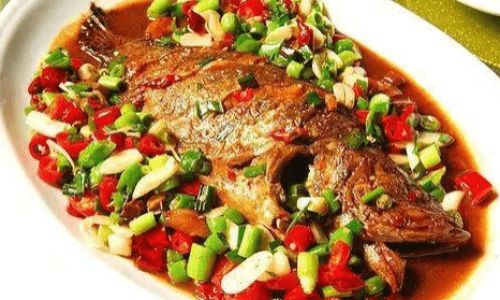
-
Braising Liquid:
A mixture of soy sauce, Shaoxing wine, sugar, and broth creates a reductive sauce that concentrates umami. The alcohol in wine solubilizes fat-soluble odorants, while sugar caramelizes to add complexity.
Cultural Significance: The Philosophy of “Stinky Fragrance”
In Chinese cuisine, the duality of “stinky and fragrant” (chou xiang) is a recurring theme. Fermented bean curd, century eggs, and Chou Guiyu all exemplify this philosophy, where repulsion transforms into desire through culinary mastery. For Anhui locals, the dish symbolizes resilience—a testament to turning scarcity into abundance. It is often served during festivals and family reunions, its aroma a nostalgic trigger for generations.
Health and Safety: Navigating the Stink
While fermentation preserves fish, improper handling can pose risks. Clostridium botulinum, a deadly pathogen, thrives in low-acid, anaerobic environments. However, the high salt content and acidic brine of Chou Guiyu typically inhibit its growth. Modern producers often pasteurize the fish or use starter cultures to ensure safety.
Nutritionally, the dish is a powerhouse. Fermentation enhances protein digestibility and bioavailability of minerals like calcium and iron. The breakdown of antinutrients such as phytic acid further boosts its health profile.
Modern Adaptations: Bridging Tradition and Innovation
As global palates expand, chefs are reimagining Chou Guiyu. Some use vacuum-sealed fermentation to control odor, while others experiment with shorter aging periods. In Shanghai, avant-garde restaurants pair the fish with foie gras or truffle oil, balancing tradition with modernity. However, purists argue that these adaptations dilute the dish’s soul, insisting that true Chou Guiyu demands patience and a tolerance for stink.
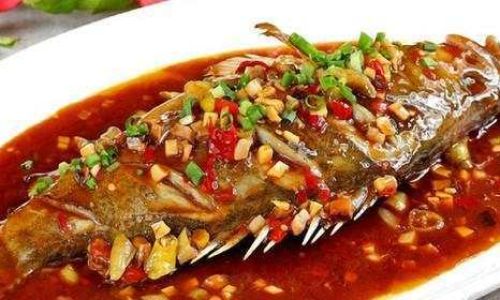
Conclusion: The Olfactory Paradox
Stinky mandarin fish is a testament to humanity’s age-old relationship with fermentation. Its aroma, a cocktail of microbial metabolism and chemical reactivity, repels and attracts in equal measure. Yet, beneath the stench lies a deeper truth: that flavor is not merely taste but an orchestra of senses, where even the most pungent notes can harmonize into culinary brilliance. For those willing to look past the smell, Chou Guiyu offers a journey through time, science, and culture—a reminder that sometimes, the most memorable meals are the ones that first make us recoil.
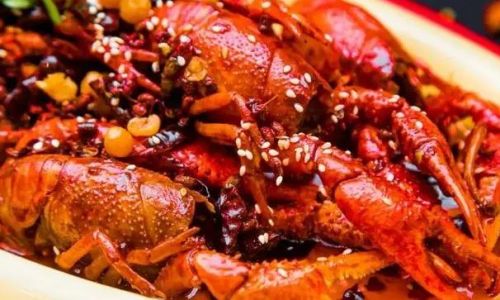
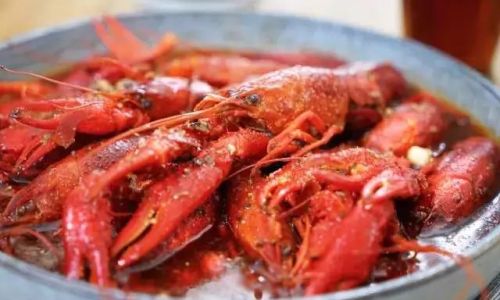
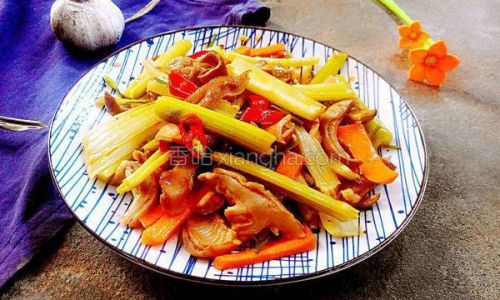
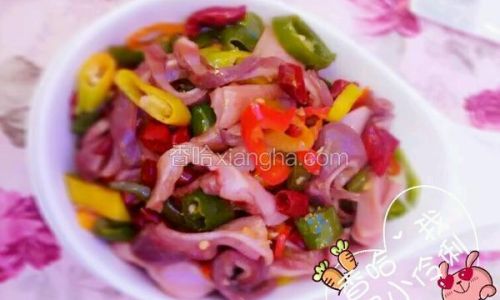
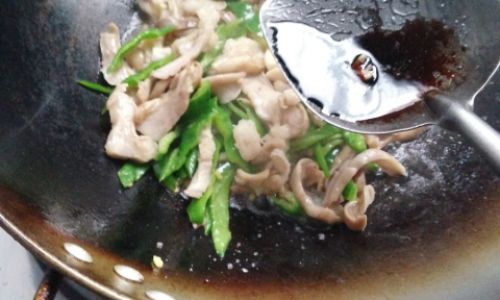
0 comments